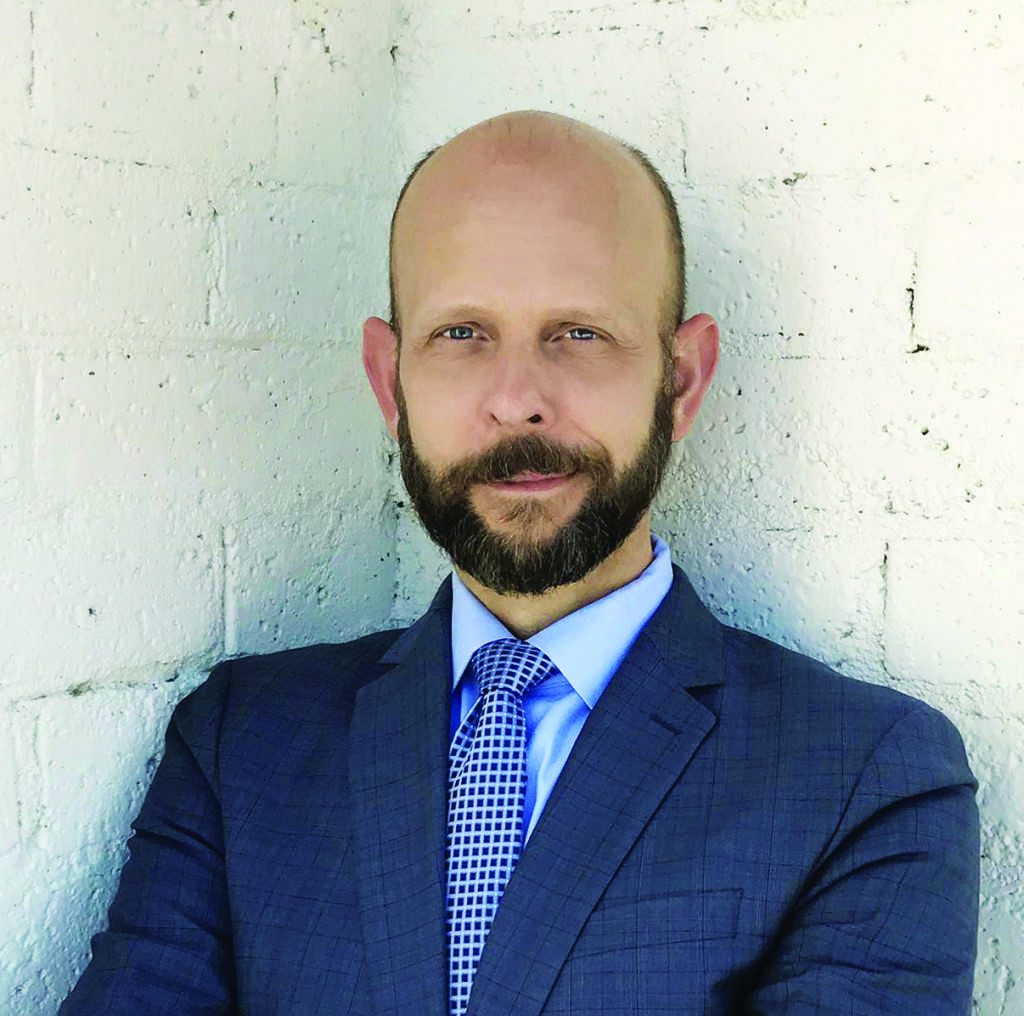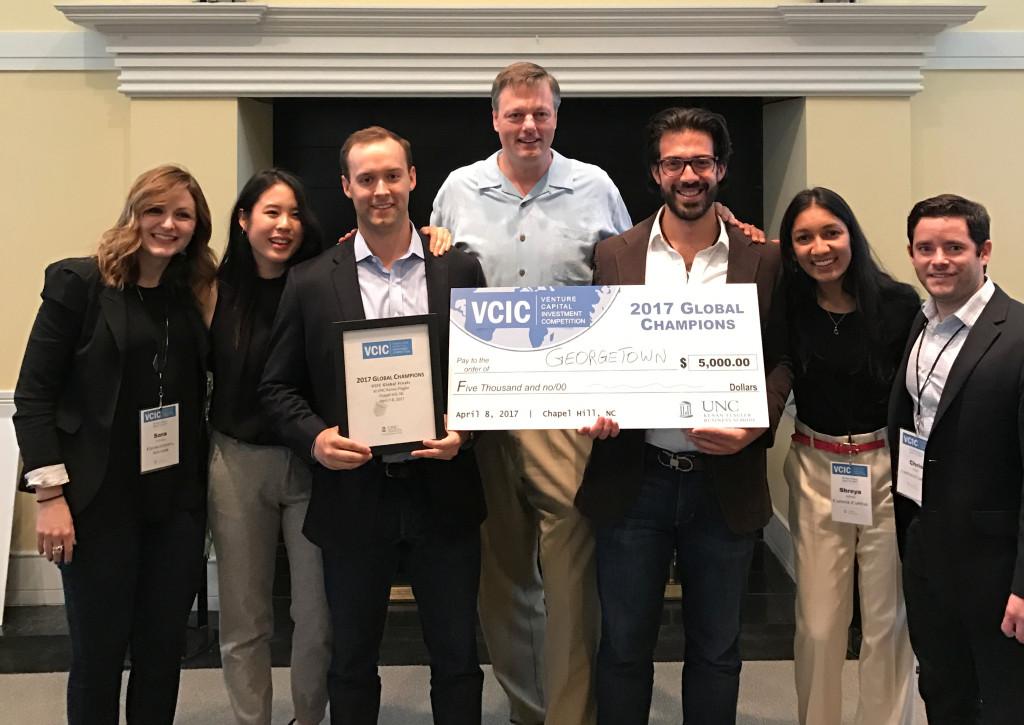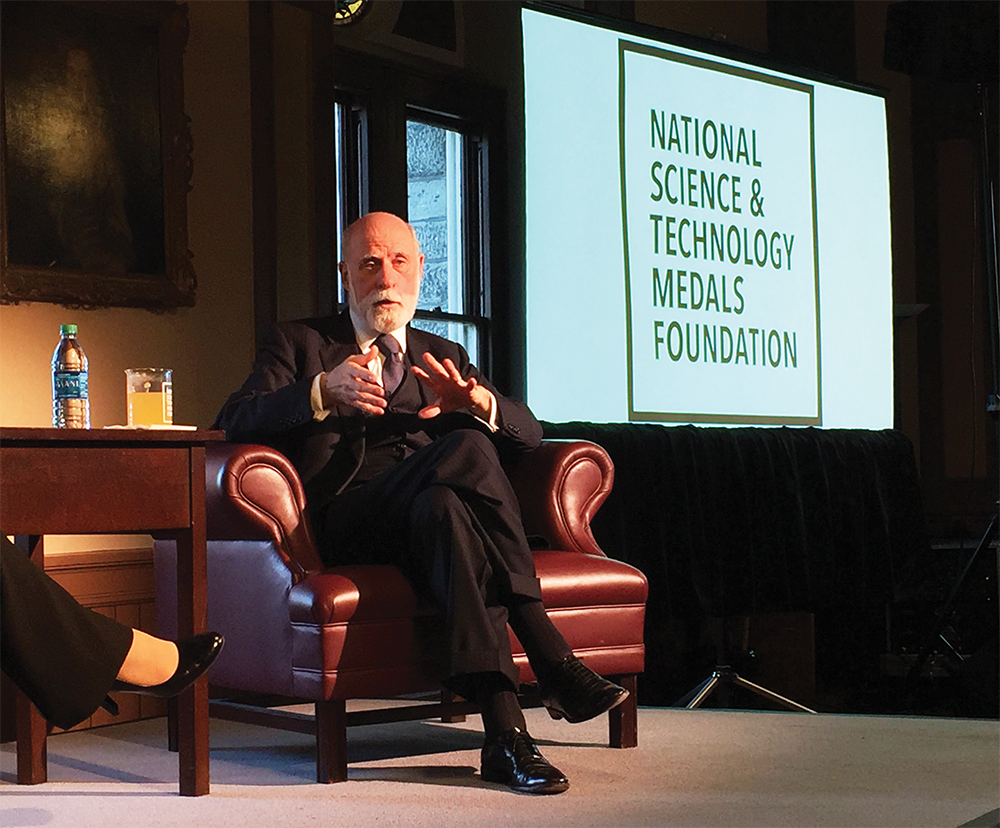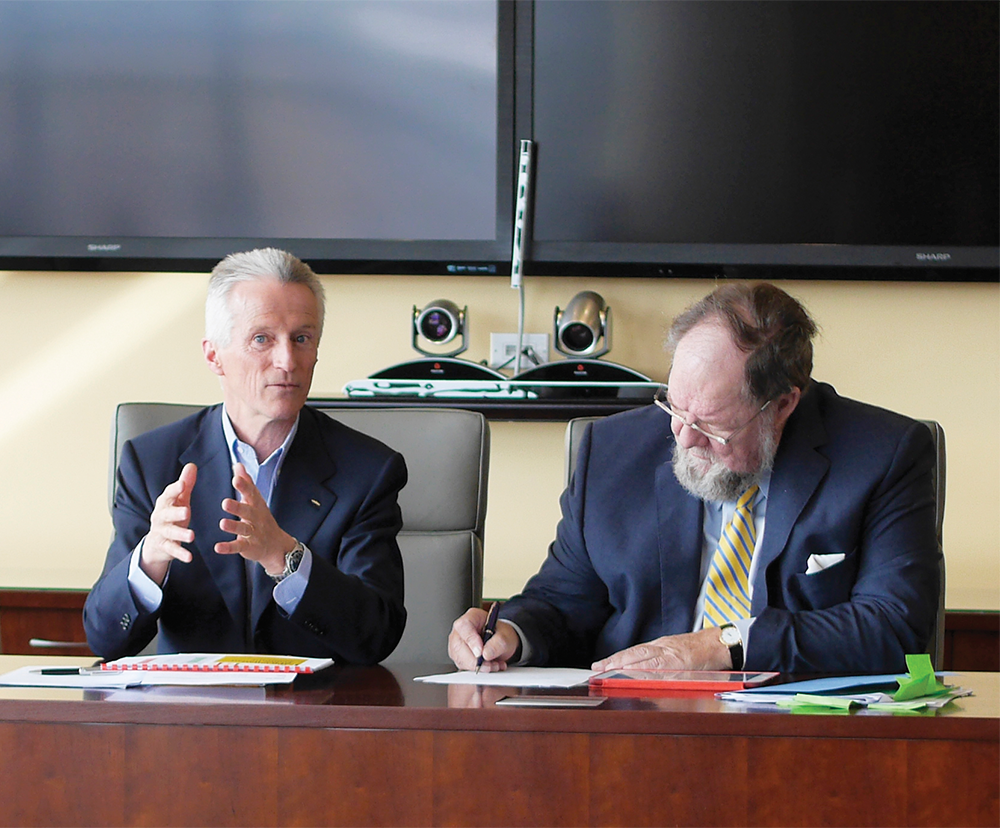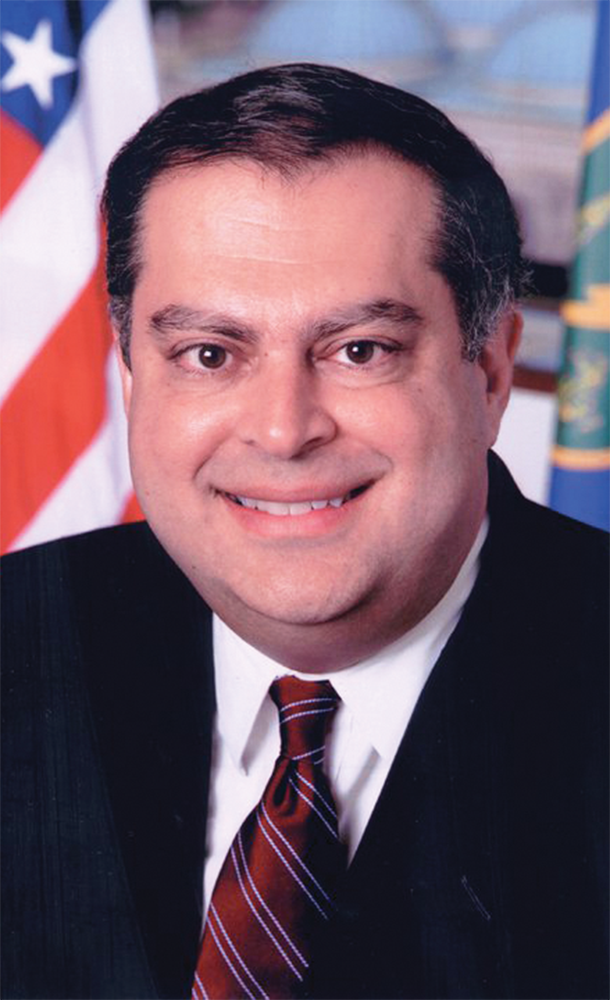In June, the Environmental Protection Agency publicized its proposed regulation, the Clean Power Plan, which would cut carbon pollution from existing power plants.
Now, the clock is ticking; the public has until Oct. 16 to comment, after which the agency will finalize the regulation next spring.
The EPA calls the plan the “key to American leadership in our global climate fight.” Sen. Elizabeth Warren (D-Mass.) called it a “powerful step,” and Sen. Ed Markey (D-Mass.) called it “the beginning of the end of America’s long, dirty power plant era.” And the European Union’s climate commissioner called it “the strongest action ever taken by the U.S. government to fight climate change,” which I believe was meant as a compliment.
Are they correct?
Electricity generation accounts for 32 percent of U.S. greenhouse gas emissions as of 2012, and the plan is advertised as cutting those emissions by 30 percent by 2030. But that’s 30 percent relative to 2005 levels, when U.S. power sector carbon emissions peaked. Emissions have already fallen 16 percent since 2005, thanks to the calamitous recession and new discoveries of cheap, low-carbon natural gas. A more accurate statement would be calling the Clean Power Plan a 17 percent reduction relative to 2012.
It gets worse.
The new rule is what’s called a “rate-based” standard. That means rather than regulating the level of carbon emissions from power plants, it regulates the ratio of carbon emissions to electricity generation. That’s an odd choice, because the global climate only cares about the top number in that ratio: carbon.
The plan assigns each state a target ratio that it is supposed to achieve by 2030, ranging from 215 pounds per megawatt hour in Washington to 1,783 pounds in North Dakota.
Remember that middle school math class? Ratios have numerators and denominators. States can meet their targets by reducing their numerators — carbon — which would help slow climate change. Or they can increase their denominators — electricity — which would do nothing for the global climate.
There’s more.
The rule allows states to pad the denominators of their regulated ratios by including energy not produced due to efficiency and conservation efforts. In other words, the denominators — megawatt hours of electricity — can be the sum of electricity generated plus electricity not generated. States that take steps to subsidize home insulation and energy-saving appliances can estimate how much energy those steps will save and add those savings to their Clean Power Plan denominators.
Here’s the thing: Estimating energy saving from those types of programs involves some of the trickiest problems in all of economics, and states have every incentive to err on the side of exaggeration.
New research using Michigan’s home insulation program suggests that actual energy savings realized are only one-quarter of what energy auditors project. And this “pad-the-denominator” strategy accounts for half of the EPA’s projected 30 percent — in actuality, 17 percent — reduction in carbon emissions.
Maybe the Clean Power Plan will reduce carbon emissions by 10 percent relative to 2012 levels. That’s half of the 17 percent that hasn’t already been reduced since 2005 and isn’t due to the pad-the-denominator strategy, plus one-quarter of the padding that might reflect real savings. As the power sector accounts for 32 percent of U.S. emissions, this new rule will only reduce total U.S. emissions by something close to 3 percent over the next 15 years.
It’s a step. But I wouldn’t call it “powerful,” “key” or the “beginning of the end” of anything.
What would I do? Let’s impose whatever carbon tax would be politically feasible. A dollar per ton. A nickel, even. It would put in place the administrative mechanism for a sensible policy, even if it’s not adequately stringent. If, and when, enough policymakers recognize the need to take serious steps, raising that carbon tax to the appropriate level would be simple. Instead, we are implementing a complex range of policies that are neither sensible nor sufficiently stringent.
If, and when, policymakers decide to take action, their jobs will be much more difficult.
Arik Levinson is a professor in the economics department whose work specializes in environmental economic policy.


